
Craniosacral therapy is an alternative medicine approach used mainly by osteopaths, massage therapists, naturopaths, and chiropractors. This therapy is especially suitable for children and infants since it is very gentle but effective and stimulates body’s natural capacity to recover and treat wide range of physical conditions. This treatment is used to ease the restrictions of nerve passages and optimize the movement of cerebrospinal fluid through the spinal cord. Moreover, the bones are restored into their proper alignment. This therapy treatment is developed from the work of an American osteopath, Dr William Sutherland in the early 1900s.
Craniosacral therapy for newborns
Craniosacral therapy is very beneficial for infants and children. This therapy offers corrective and preventive treatment, minimizes or even eliminates the consequences of difficult births and helps to ensure good health for babies. It is very beneficial for babies born using the Caesarean section. This method involves a surgical procedure in which one or more incisions are made through a mother's abdomen and uterus. Cesarean-born babies have lower Apgar score, obtained by evaluating the newborn baby on five simple criteria on a scale from zero to two, then summing up the five values thus obtained. Craniosacral therapy can be very beneficial for these newborns, helping them to overcome some of the most frequent problems associated with Cesarean birth.
However, even in the normal course of delivery, when the baby's head molds to fit through the mother's pelvis, the cranial bones can override each other. If this condition doesn’t correct on its own, it may obstruct the proper cranial nerve function causing colic, problems with berating and swallowing, digestive or sensory-motor problems, etc. Craniosacral therapy helps with all these issues and also helps the baby recover from any injuries in the birth process.
What does a therapy session involve?
A typical therapy session starts by placing a fully clothed child on a table or in the therapist’s lap. The therapist will begin with monitoring the craniosacral rhythm, by placing their hands lightly on the newborn’s body. The therapist will attempt to fix all the sources of pain and dysfunction using simple and gentle manipulative techniques. The treatment doesn’t hurt at all but sometimes newborns start releasing their emotions and crying during the treatment. This may be a bit upsetting for the parent, but the most important thing is to understand that the technique does no hurt to the child. The pressure is very light, it doesn’t exceed five grams, and the work is very moderate.


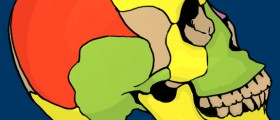
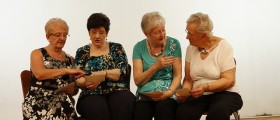




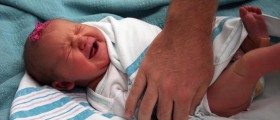
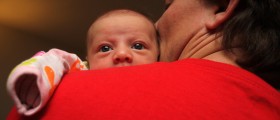

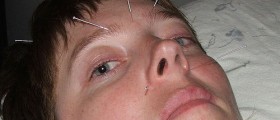
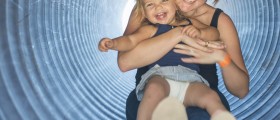
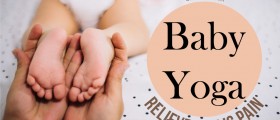


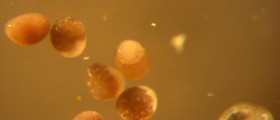
Your thoughts on this
Loading...